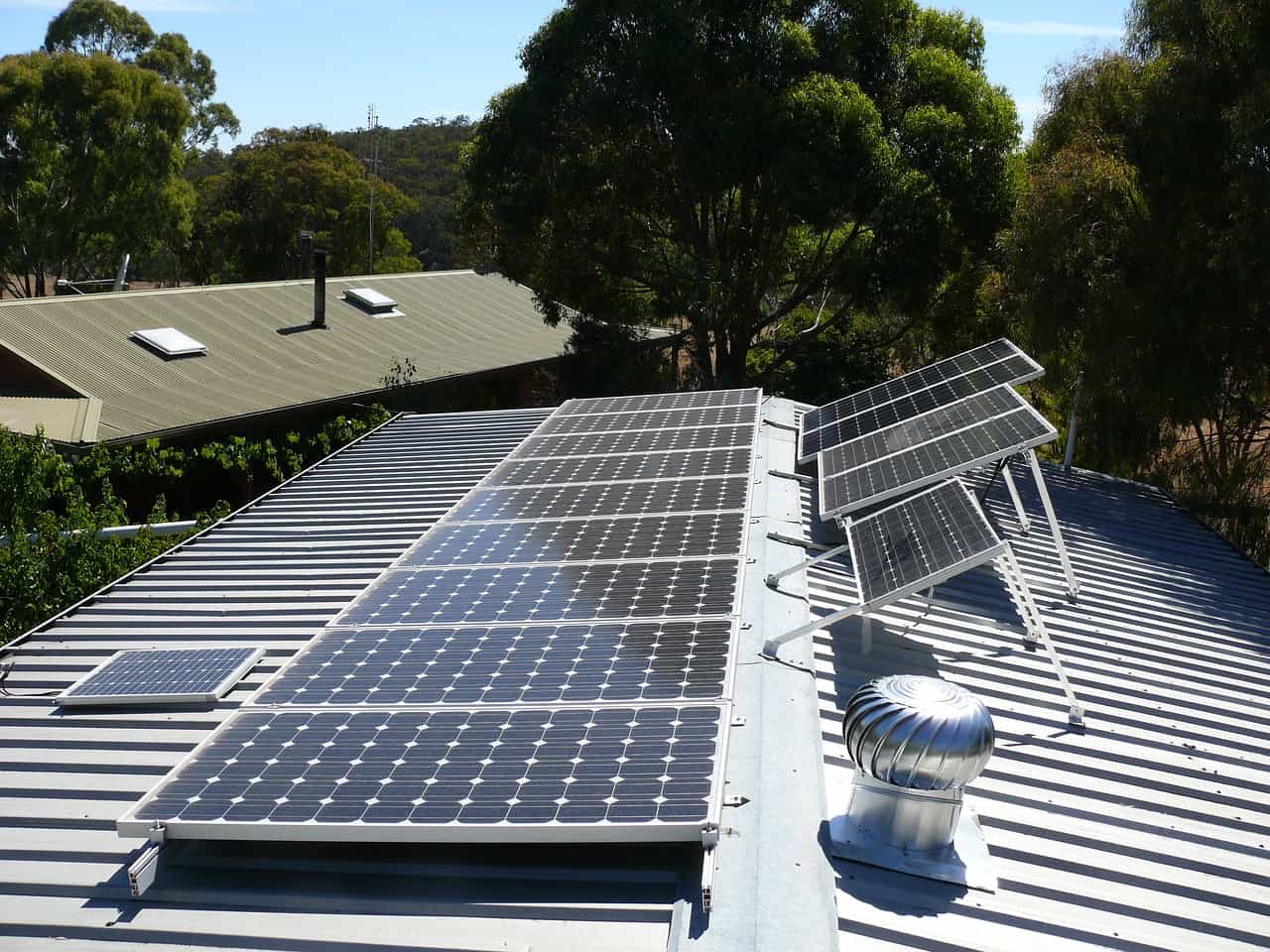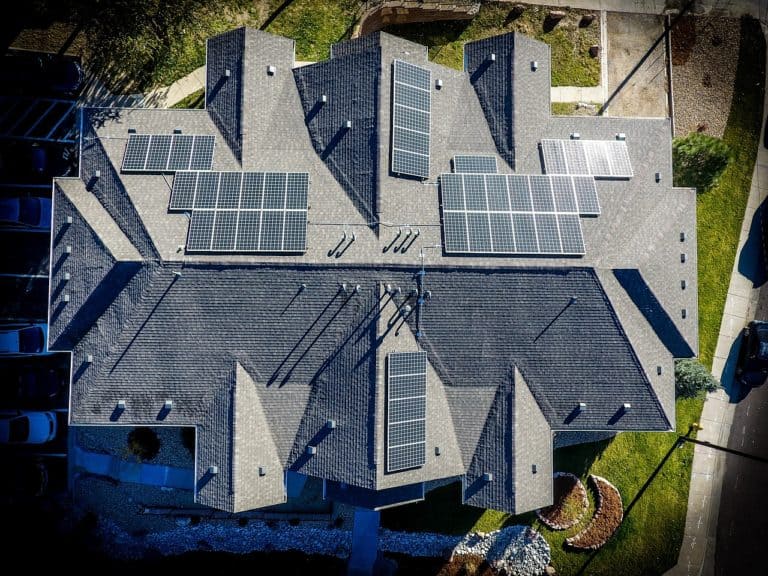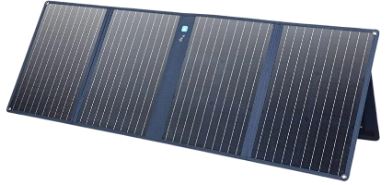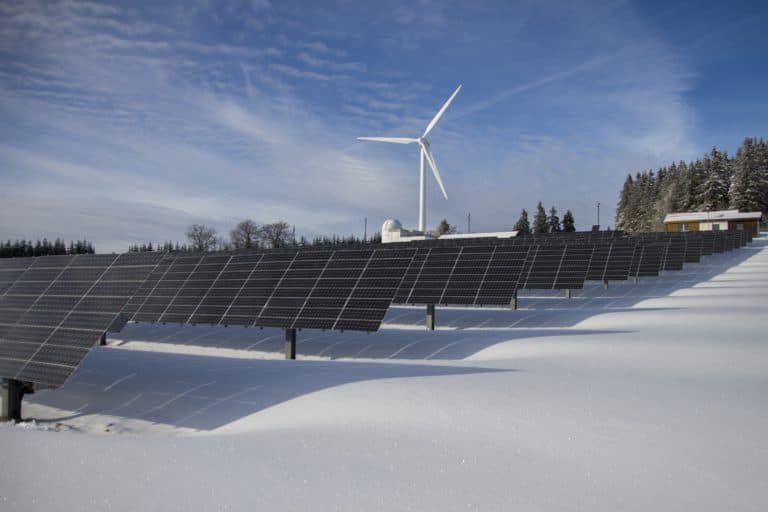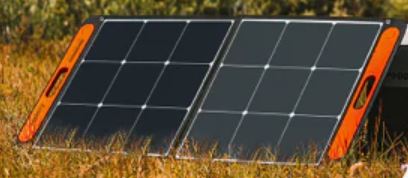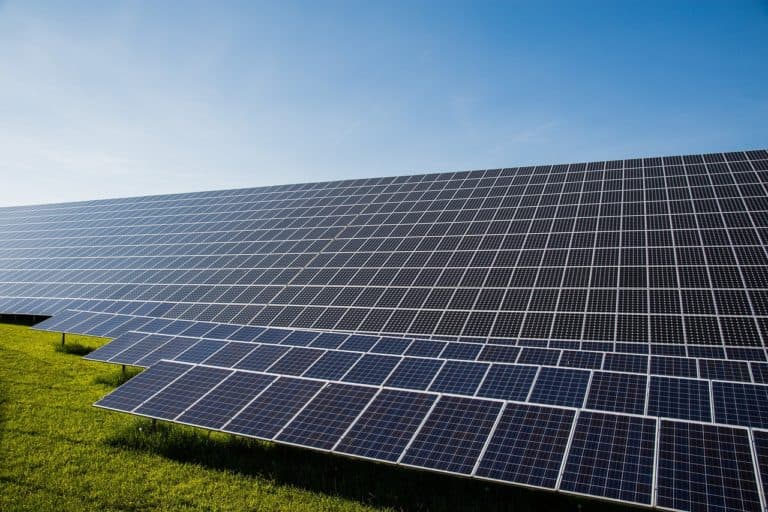Solar energy in Nigeria: Untapped potential and recent progress
Solar energy from the sun is considered unlimited and less harmful, making it a promising option for producing environmentally friendly electricity.
Nigeria has a land area of 923,786 square kilometres and receives approximately 1500×109 Mega Watthour (MWh) of solar radiation annually. The average daily impact is around 19 Mega Joules (MJ) per square meter per day.
The duration of this radiation is typically around 6 hours per day, although it varies from about 4 hours in coastal areas and up to approximately 9 hours in the far North.
Further information on direct normal solar irradiation across Nigeria is provided in The Global Solar Atlas (GSA).
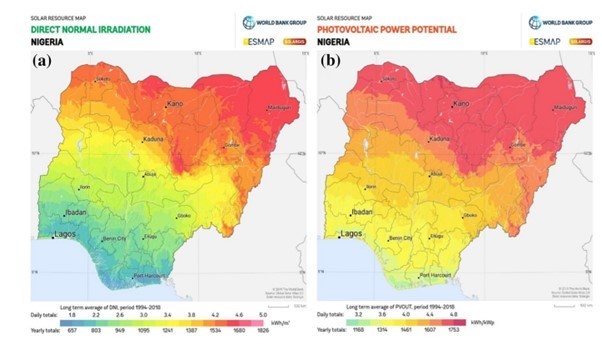
Despite the enormous amount of solar energy that hits the surface of the Earth, Nigeria faces challenges in harnessing these resources.
Investing in solar energy harvesting technologies has the potential to alleviate energy poverty in Nigeria while also contributing to the reduction of greenhouse gas emissions.
The current electricity supply in Nigeria is insufficient and unreliable, failing to meet the required demand.
This can be attributed to the country’s fast-growing population, which has led to a rapid increase in energy needs.
Currently, Nigeria has an installed electricity capacity of about 12.5 GW. However, when compared to other developing countries in the region, its capacity is minimal and requires substantial additions.
Nigeria must cease the opportunity
The solar photovoltaic (PV) system is rapidly emerging as the most dependable and promising technology for clean energy worldwide.
The global cumulative capacity of solar PVs was approximately 627 GW in 2019, with a net annual addition of around 115 GW of electricity during that year.
Many independent solar energy systems installed in Nigeria lack proper documentation, making it difficult to obtain reliable data on the current level of solar PV penetration.
Nigeria has a significant potential for solar energy, but it is not being fully utilised.
It has been estimated that if only 1% of the land area in Northern Nigeria was used for electricity generation through a solar energy system with 5% efficiency, approximately 333,480 MW of electricity could be generated at a capacity factor of 26%.
However, despite its attractiveness on paper, practical implementation remains a serious concern.
Recent solar energy strides in Nigeria
Solar power’s contribution to the country’s energy mix is still very insignificant in comparison to its potential.
Nevertheless, investment in solar power as a renewable energy source appears to be increasing in Nigeria due to various government-backed projects and private sector initiatives.
As of late 2019, a cumulative PV installation capacity of 27.96 MW was reported. However, this figure is still relatively small when compared to other developing countries in the region.
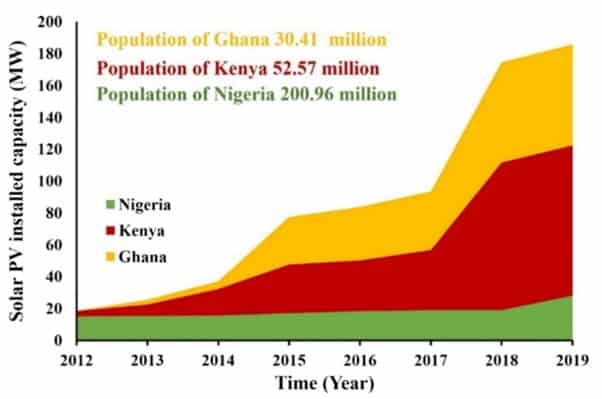
The Nigerian government’s initiatives to revamp the power sector and stimulate the domestic economy have led to the creation of West Africa’s inaugural solar-cell manufacturing plant.
The National Agency for Science and Engineering Infrastructure (NASRENI) of Nigeria has commenced the construction of the solar cell production plant.
The estimated cost of developing the factory is approximately $171 million, with 85% of the funding coming from the China Africa Development Fund through the Bank of China and the remaining amount provided by Nigeria.
The factory was founded a decade ago as a solar panel production plant with the ability to produce 7.5 MW of energy, and now has an annual capacity of 21 MW.
Recently, the Nigerian government approved a policy known as NREEEP (National Renewable Energy and Energy Efficiency Policy) to incorporate solar energy into their supply mix.
The aim is to increase the minimum contribution of solar energy to 3% by 2020 and 6% by 2030.
The Rural Electrification Agency (REA) is running a program called Standalone Solar Homes Systems for Households and MSMEs Output Based Fund (SHS OBF).
This project is meant to aid millions of Nigerian households and MSMEs that have been underserved or unserved in accessing better energy services at an affordable cost through private sector companies.
The program did achieved 1 million connections of stand-alone solar systems between 2019 and 2022.
In addition to the above initiatives, research centres in the country are also making significant progress in promoting solar energy as a common commodity.
The utilisation of solar energy systems to supplement fossil fuel technologies or become part of the supply mix will ensure sustainable energy development.
This has numerous advantages, such as easy integration, zero noise and air pollution, renewable resources, low maintenance costs, and a long operational life cycle.
To overcome its current electricity crisis and pursue economic prosperity, Nigeria needs to narrow the gap between demand and supply by utilising solar as a renewable energy source.
However, the penetration of this technology is facing challenges such as security issues, infrastructure deficits, corruption, vandalism, local content requirements, underfunding, institutional hurdles, and human capital development.
